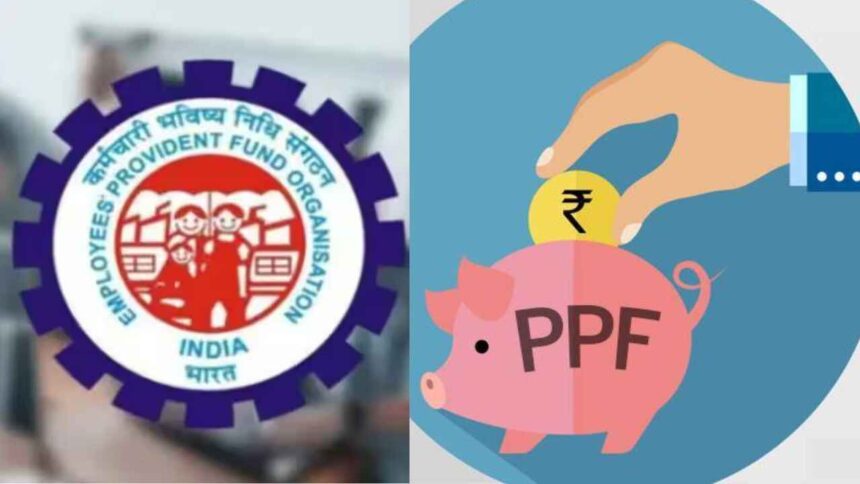Both EPF (Employees Provident Fund) and PPF (Public Provident Fund) savings schemes are quite popular in India. But there are some differences between these two schemes. Today we will tell you about the differences between these two schemes and the benefits of these schemes.
EPF Vs PPF: Many schemes are run by the Government of India with the aim of motivating savings among the citizens. EPF (Employees Provident Fund) and PPF (Public Provident Fund) are two such schemes. Both these schemes are very popular among the common citizens of India. But there are some differences between them. Today we will tell you about these differences and the advantages and disadvantages of both the schemes.
What are the benefits of EPF
Employees Provident Fund is a type of retirement-cum-pension scheme. The employee choosing this scheme has to deposit a certain part of his income in the PF account and the company also deposits the same part. Any company in which the number of employees is more than 20 has to open PF accounts for the employees. The EPF account continues till the retirement of the employee and you can withdraw money from this account only after retirement or being unemployed for 2 months.
Tax benefits are also available on EPFO under Income Tax Act Section 80C. But if you withdraw more than Rs 50,000 from your EPF account before 5 years, then your TDS is also deducted. Now you also get interest at the rate of 8.25% per annum on the money present in the EPF account.
Benefits of PPF
Any Indian citizen can invest in PPF. Minors can open a PPF account in the name of their parents or guardians. Money invested in PPF earns interest at the rate of 7.1% per annum. You have to deposit at least Rs 500 in a PPF account in a year and a maximum of Rs 1.5 lakh can be deposited. Investment can be made in a PPF account for up to 15 years. Under Income Tax Act Section 80C, money invested in PPF also receives a tax exemption of up to Rs 1.5 lakh.














